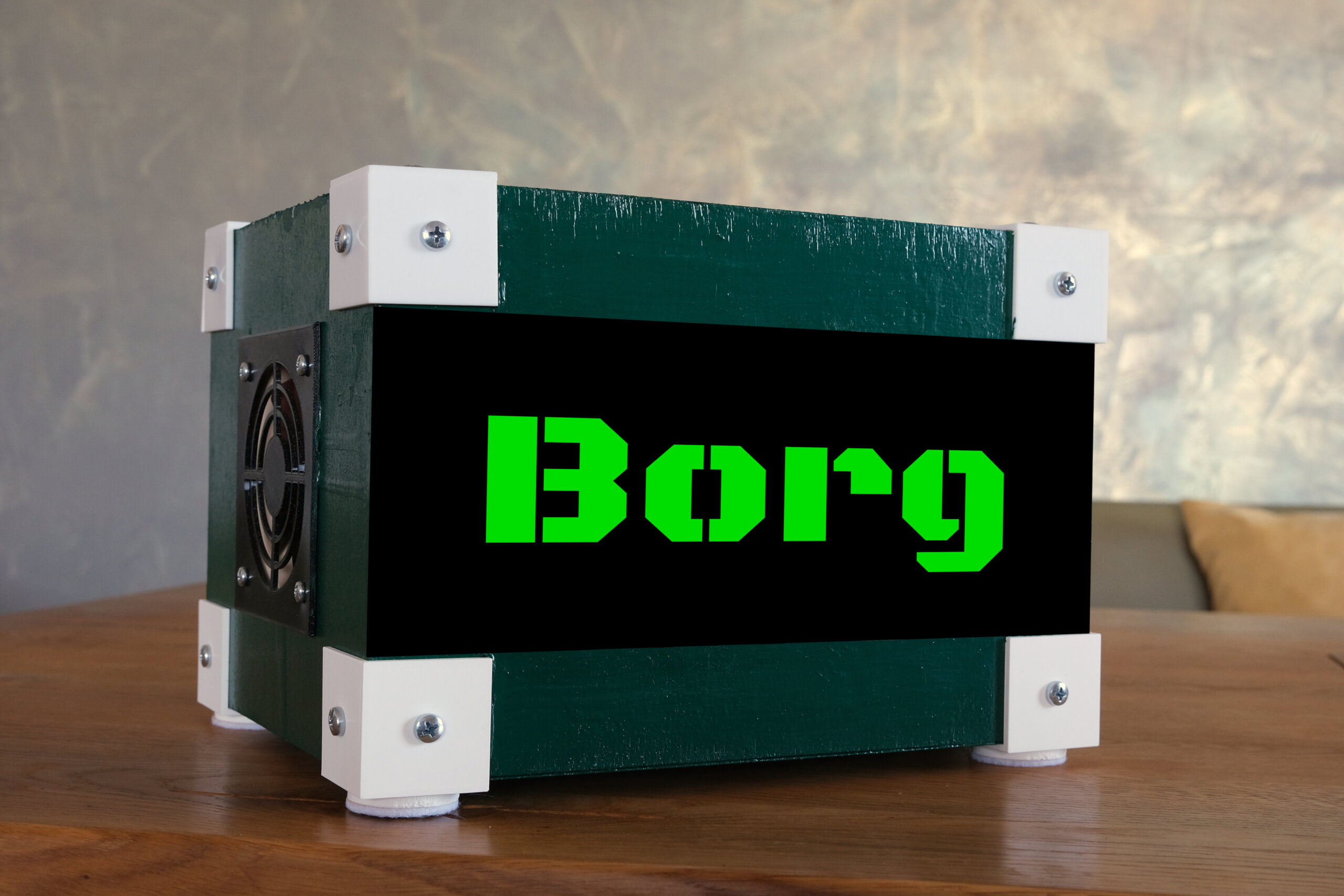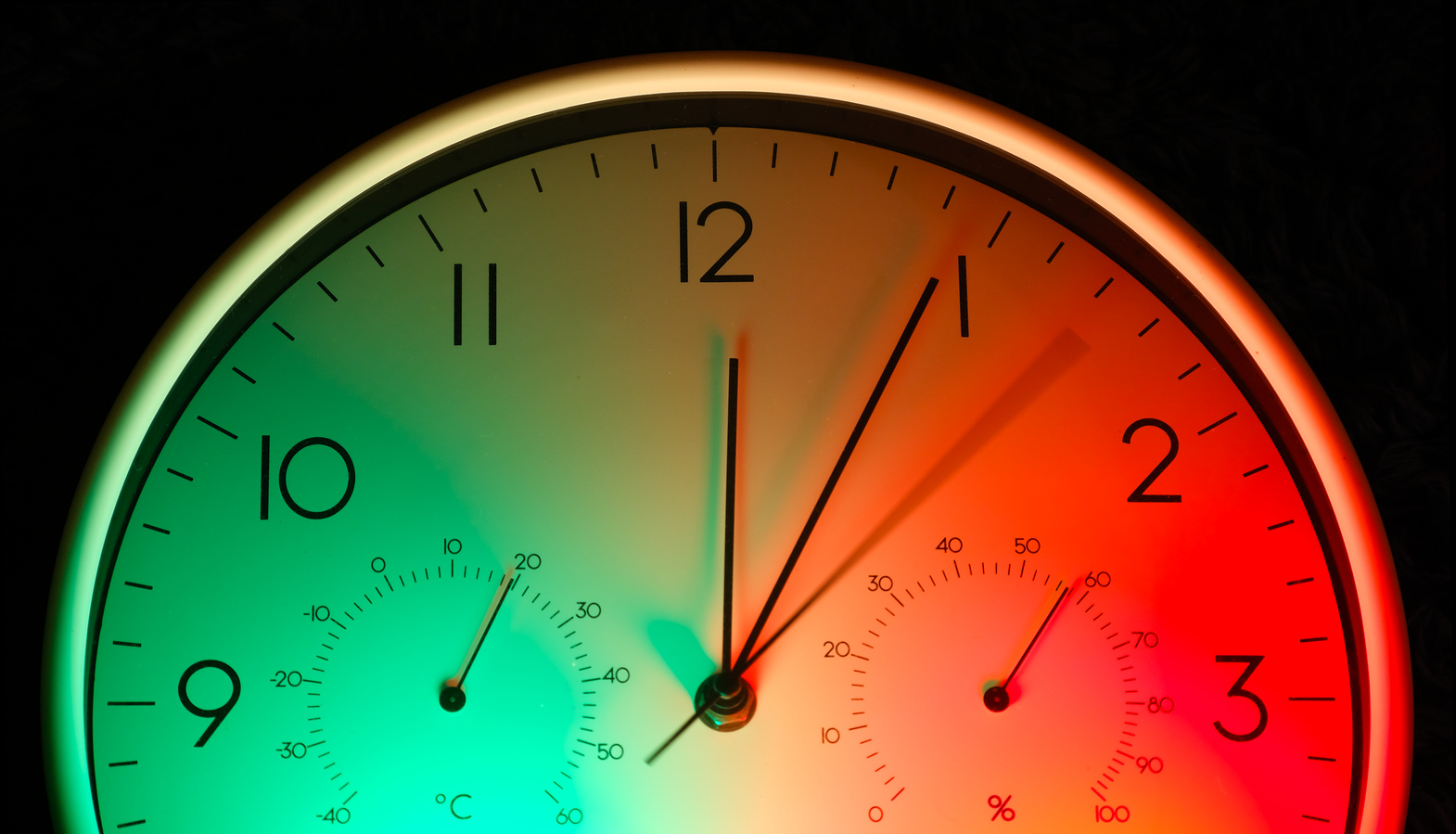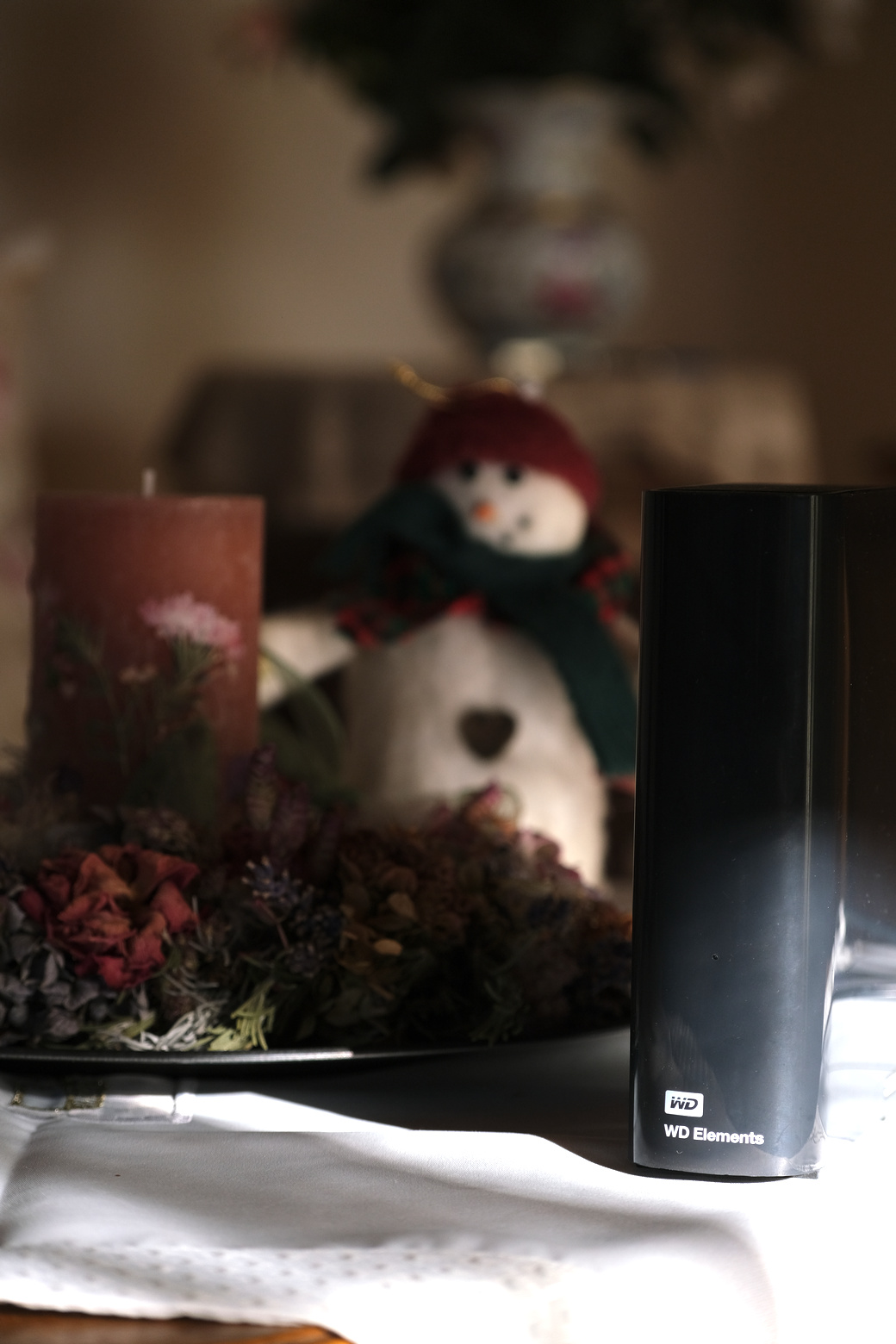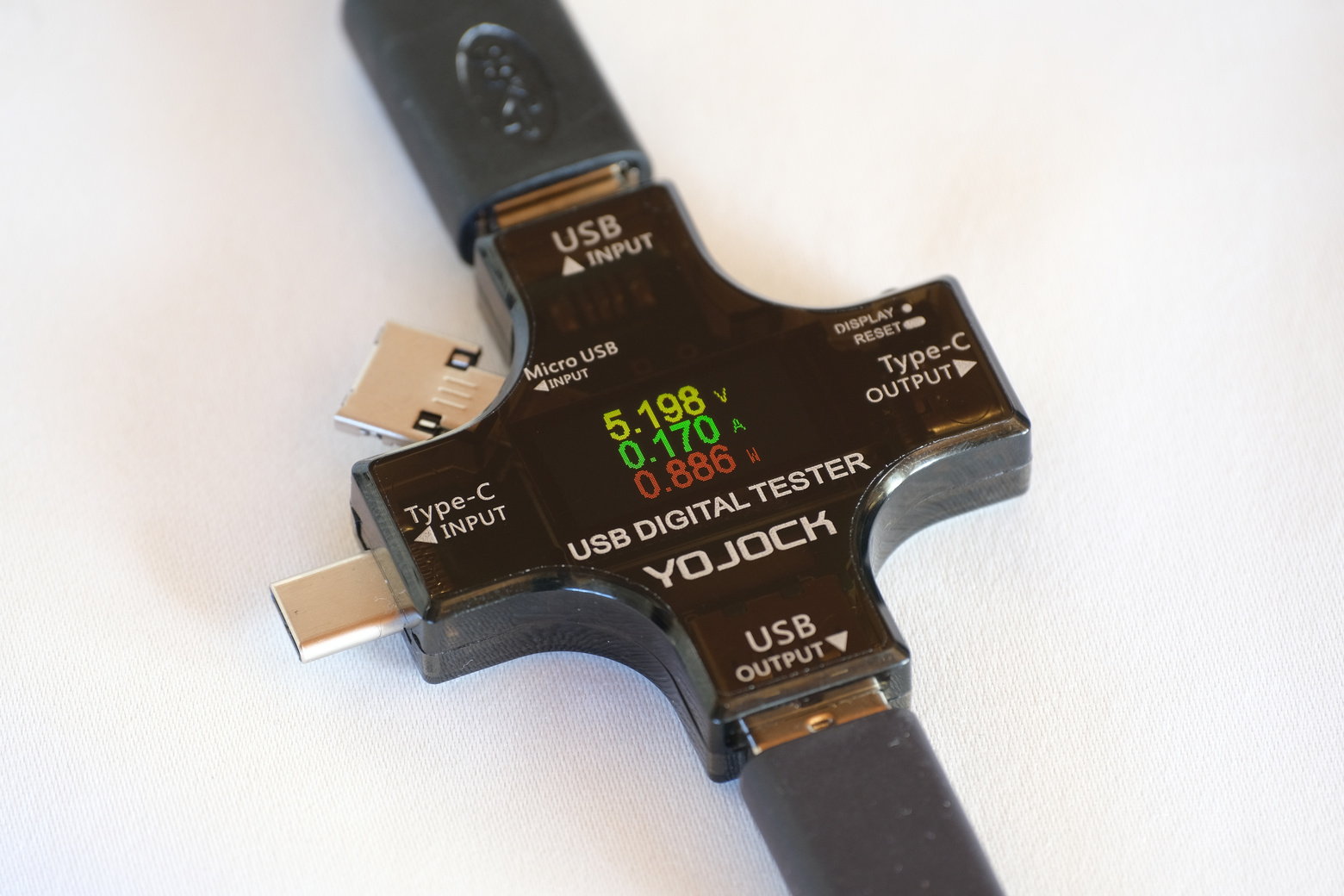Category: Projects
-
![3D Reconstruction: Introduction to Meshroom [Video]](https://mpr-projects.com/wp-content/uploads/2024/09/thumbnail_v2_website.jpg)
3D Reconstruction: Introduction to Meshroom [Video]
This is the third video in the series about 3D Reconstructions and in this video we’ll discuss the first half of Meshroom’s pipeline, we’ll talk about CCTags for automatic scaling, and we’ll talk about what changes when we use a Turntable. Finally, we’ll have a look at using known camera positions to improve the reliability…
-
![3D-Reconstruction: Building a small, simple Turntable [Video]](https://mpr-projects.com/wp-content/uploads/2024/09/thumbnail_turntable-e1727023669494.webp)
3D-Reconstruction: Building a small, simple Turntable [Video]
In this video we’re building a small and simple turntable that we can use to take photos of an object in regular intervals. By combining the turntable with gphoto2 most of the process happens automatically. This is the second post in a series about 3D Reconstructions. The first post gave an overview of what we’re…
-
![3D Reconstruction: Intro and Image Acquisition [Video]](https://mpr-projects.com/wp-content/uploads/2024/09/thumbnail_intro_3d_scanning.jpg)
3D Reconstruction: Intro and Image Acquisition [Video]
This is the first video of a series about 3D Reconstructions. We’ll use the open-source Photogrammetry program Meshroom and a home-built machine to take pictures of an object in regular intervals. Over the entire series we’ll look at and test which factors affect the quality of our reconstruction. I’ve found 3D reconstructions fascinating for a…
-
![Building a DIY Spectroscope [Video]](https://mpr-projects.com/wp-content/uploads/2024/05/thumbnail.png)
Building a DIY Spectroscope [Video]
in ProjectsIn this post we’ll use a camera, an analogue pocket spectroscope and some software that I wrote to build a digital spectroscope. The spectroscope will be limited to roughly the visible range of light (~400nm to ~700nm). While it’s probably not as accurate as commercial devices we will calibrate it carefully to give decent results.
-
![Mono-Conversion of a Canon 350D [Video]](https://mpr-projects.com/wp-content/uploads/2024/02/DSCF5736_bw_small-scaled.jpg)
Mono-Conversion of a Canon 350D [Video]
In this video we disassemble a Canon 350D and we remove the top layer of the sensor, which includes the colour filter array. As a result we’ll end up with a monochrome camera. We also discuss auto focus calibration and a few related topics.
-

RPi NAS: Borg Backup
In this post we’re going to use the software packages Borg Backup and Borgmatic to do system backups of both our Raspberry Pi and our main computer. We’ll also schedule automatic backups using both cron and systemd.
-
![RPi NAS: Extras – Building a Case [Video]](https://mpr-projects.com/wp-content/uploads/2024/02/thumbnail_DSCF4951_on_table-scaled.jpg)
RPi NAS: Extras – Building a Case [Video]
We’ve finished setting up our NAS but all the hardware is just laying around, which really doesn’t look very good. So let’s replace the loose hardware with a pretty case.
-

RPi NAS: Extras – Overclocking
Raspberry Pi’s can be overclocked but could overclocking improve the performance of our NAS? In this post we’ll briefly discuss and test overclocking (and fix some problems it caused). First things first: I’m only doing this test out of curiosity. The NAS is already fast enough for my purpose. Even if overclocking gives a speedup,…
-

RPi NAS: Extras – HDD S.M.A.R.T.
S.M.A.R.T. stands for Self-Monitoring, Analysis, and Reporting Technology. Practically that means that HDDs that support SMART can run self-tests to diagnose problems and report them to us. Although Greyhole can provide our NAS with redundancy, i.e. no data is lost if an HDD fails, it’s still good to know how healthy our HDDs are before…
-

RPi NAS: Extras – Power Consumption
The NAS we’re building should always be on so power consumption matters. One of the major reasons for choosing a single-board computer like the Raspberry Pi is it’s low power consumption. But how low is it? And how much power do the storage devices use? Let’s find out.